The Ultimate Guide To Bottle Gourd Companion Planting
The Ultimate Guide to Bottle Gourd Companion Planting
Bottle gourds are a delicious and versatile vegetable that can be grown in many different climates. They are also relatively easy to care for, making them a great choice for beginner gardeners.
One of the keys to growing healthy bottle gourds is companion planting. Companion planting is the practice of planting certain types of plants together in order to benefit each other. There are many different companion plants that can be beneficial for bottle gourds, but some of the best include:
- Radishes: Radishes are a great companion plant for bottle gourds because they help to break up the soil and improve drainage. They also release sulfur into the soil, which can help to deter pests.
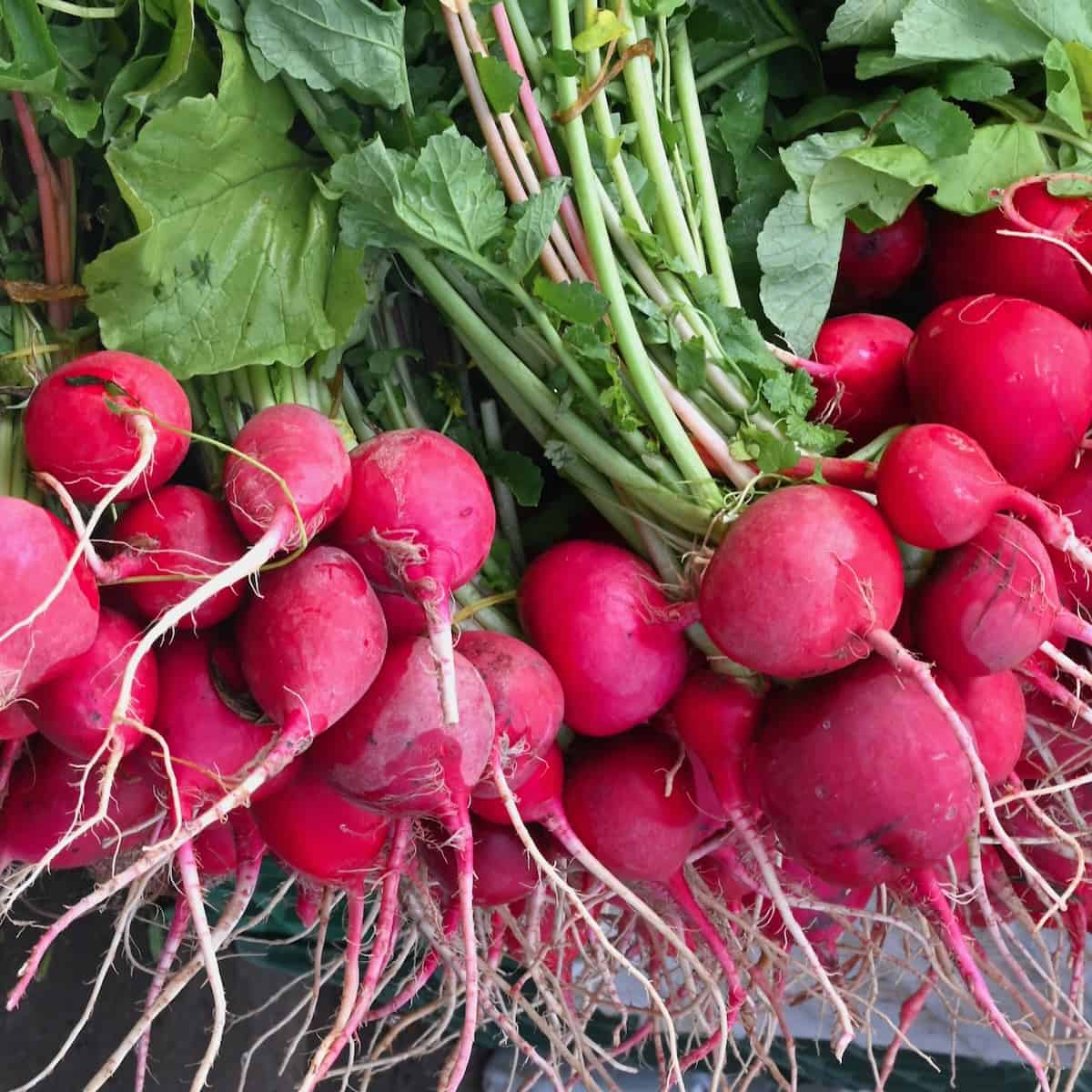
- Broccoli: Broccoli is another good companion plant for bottle gourds because it helps to repel pests. It also releases chemicals that can help to improve the flavor of the bottle gourds.

- Dill: Dill is a popular herb that can also be a great companion plant for bottle gourds. It helps to attract beneficial insects, such as ladybugs, which can help to control pests. Dill also helps to improve the flavor of the bottle gourds.
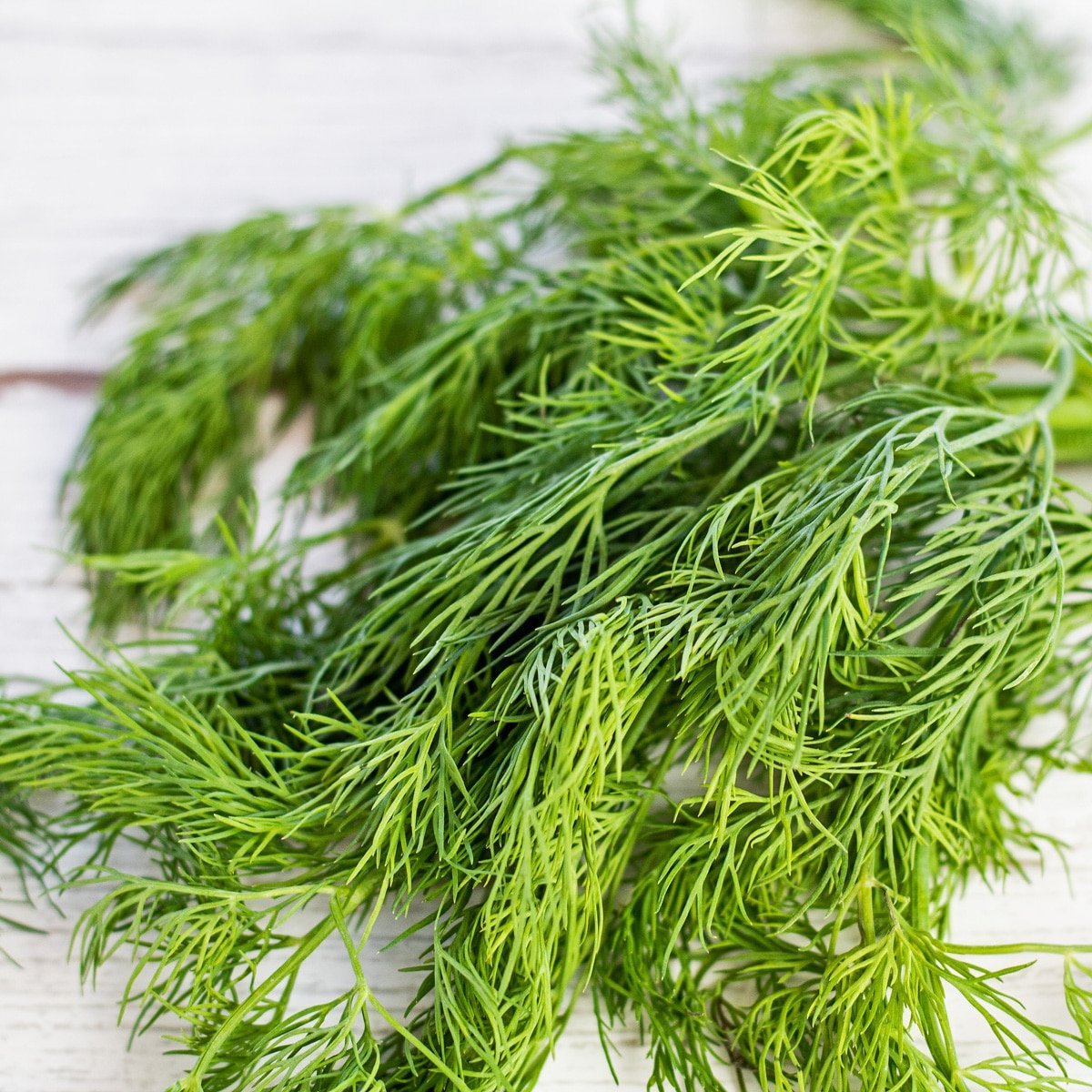
- French marigolds: French marigolds are a beautiful flower that also happens to be a great companion plant for bottle gourds. They help to repel pests, such as mosquitoes and whiteflies. They also release chemicals that can help to improve the flavor of the bottle gourds.

- Beans: Beans are a nitrogen-fixing plant, which means that they can help to improve the nitrogen content of the soil. This can be beneficial for bottle gourds, which are heavy feeders.
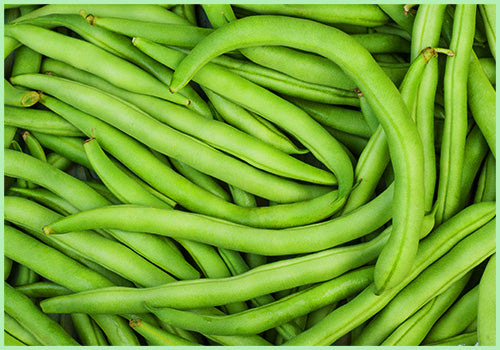
In addition to these plants, there are a few other things to keep in mind when companion planting bottle gourds. First, it is important to avoid planting bottle gourds near plants that are susceptible to the same pests and diseases. For example, you should avoid planting bottle gourds near cucumbers, squash, or melons.
Second, it is important to plant bottle gourds in full sun. They need at least 6 hours of sunlight per day in order to thrive.
Finally, it is important to give bottle gourds plenty of space to grow. They can spread out quite a bit, so you should space them at least 3 feet apart.
By following these tips, you can easily grow healthy and delicious bottle gourds by companion planting.
Bottle gourds are a versatile and delicious vegetable that can be grown in a variety of climates. But did you know that there are certain plants that can help to improve the growth and health of your bottle gourd plants? These are known as "companion plants".
Some of the best companion plants for bottle gourds include:
- Marigolds: Marigolds help to repel pests, such as aphids and whiteflies.
- Beans: Beans fix nitrogen in the soil, which can benefit bottle gourd plants.
- Cucumbers: Cucumbers and bottle gourds have similar growing requirements, so they can be planted together.
- Sunflowers: Sunflowers provide shade for bottle gourd plants, which can help to prevent them from overheating.
If you're interested in learning more about bottle gourd companion plants, I recommend visiting Gardenia Inspiration. This website has a wealth of information on the topic, including a list of the best companion plants for bottle gourds, as well as tips on how to plant and care for them.
FAQ of bottle gourd companion plants
1. What are the best companion plants for bottle gourds?
Some of the best companion plants for bottle gourds include:
- Cucumbers: Cucumbers and bottle gourds are both members of the Cucurbitaceae family, so they have similar growing requirements. They also help to attract pollinators to the garden.

- Peas: Peas fix nitrogen in the soil, which can help to improve the growth of bottle gourds. They also help to deter pests such as aphids.

- Lettuce: Lettuce is a good companion plant for bottle gourds because it doesn't require a lot of space. It also helps to suppress weeds and attract beneficial insects.

- Sunflowers: Sunflowers can help to shade the roots of bottle gourds, which can help to prevent them from rotting. They also attract pollinators to the garden.
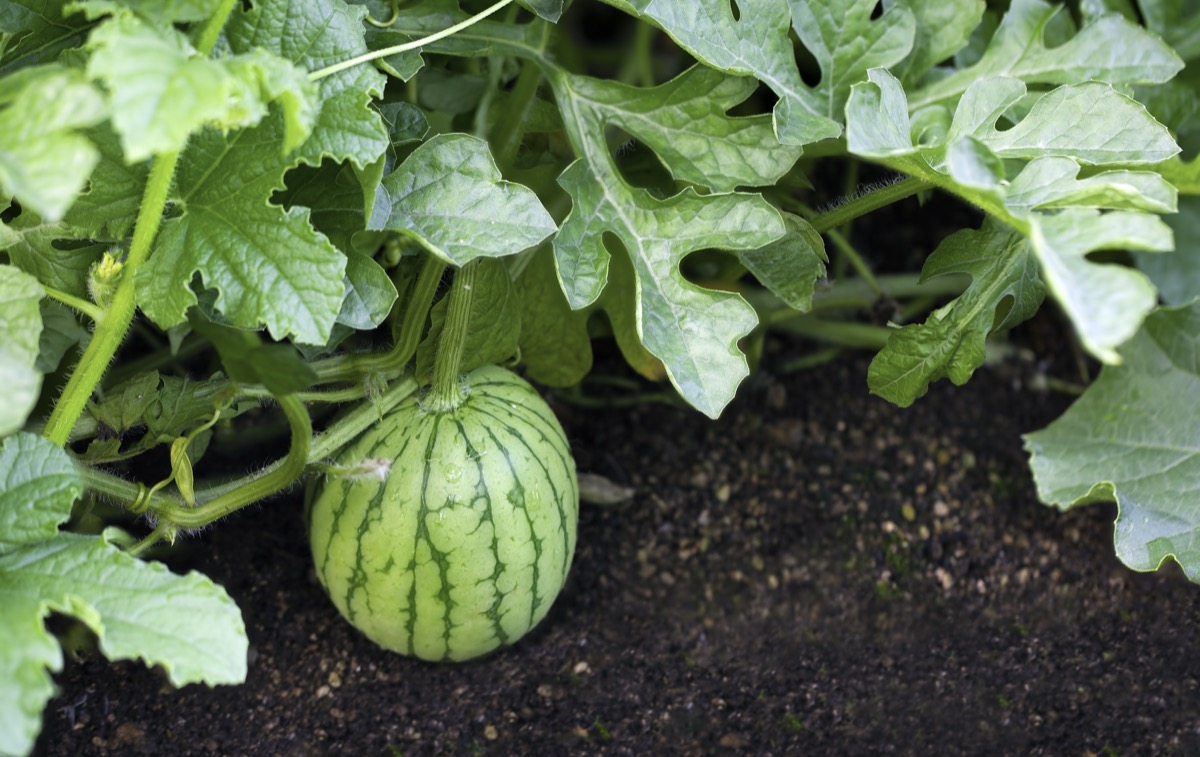
- Beans: Beans fix nitrogen in the soil, which can help to improve the growth of bottle gourds. They also help to deter pests such as aphids.

2. What are some plants that should not be planted near bottle gourds?
Some plants that should not be planted near bottle gourds include:
- Pumpkins: Pumpkins and bottle gourds are both members of the Cucurbitaceae family, so they compete for resources. They can also cross-pollinate, which can produce misshapen fruits.

- Squash: Squash and bottle gourds are also members of the Cucurbitaceae family, so they compete for resources. They can also cross-pollinate, which can produce misshapen fruits.

- Melons: Melons and bottle gourds are also members of the Cucurbitaceae family, so they compete for resources. They can also cross-pollinate, which can produce misshapen fruits.
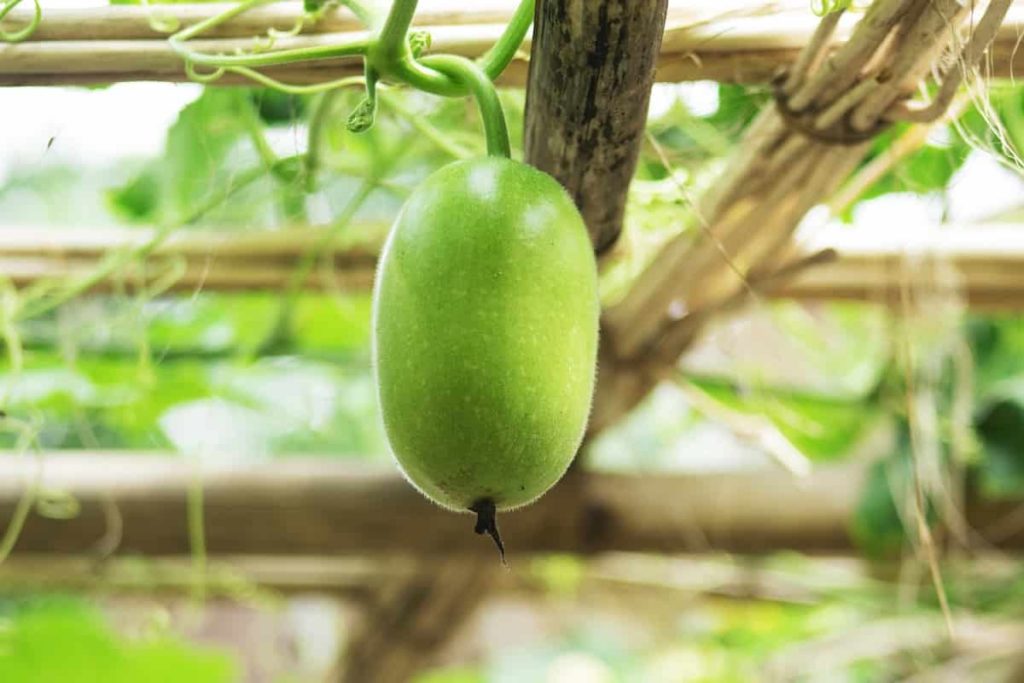
- Potatoes: Potatoes and bottle gourds are not compatible plants. Potatoes release a toxin that can stunt the growth of bottle gourds.
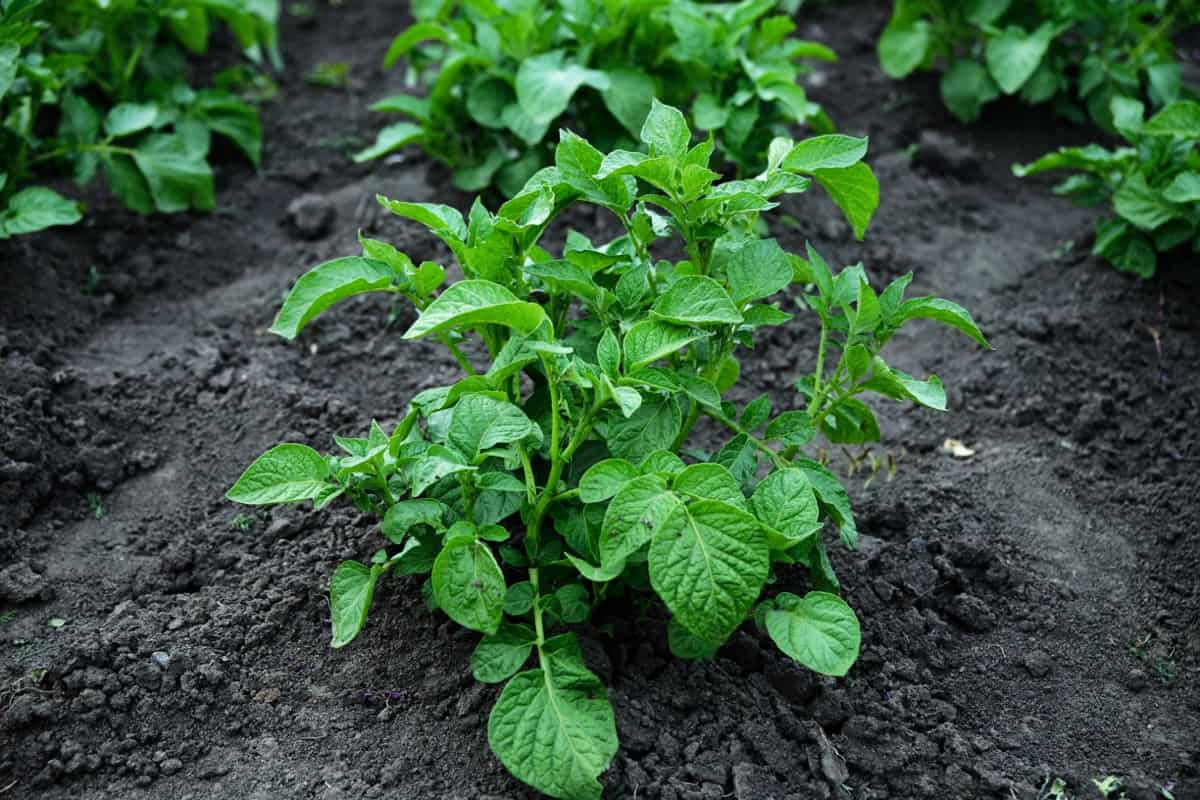
- Eggplants: Eggplants and bottle gourds are not compatible plants. Eggplants release a toxin that can stunt the growth of bottle gourds.

3. How far apart should bottle gourds be planted?
Bottle gourds should be planted about 3 feet apart. This will give them enough space to grow and spread.
4. How much water do bottle gourds need?
Bottle gourds need regular watering, especially during the hot summer months. They should be watered deeply once a week, or more often if the weather is dry.
5. How long does it take for bottle gourds to grow?
Bottle gourds grow quickly. They can start to flower in about 60 days, and the fruits will be ready to harvest in about 90 days.
Image of bottle gourd companion plants
5 different images of "bottle gourd companion plants" from Pinterest:
- Marigolds: Marigolds are known for their insect-repelling properties, which can help to protect bottle gourd plants from pests such as aphids, whiteflies, and beetles.

- Cucumbers: Cucumbers and bottle gourds are both members of the Cucurbitaceae family, so they have similar growing requirements. They can also help to pollinate each other, which can lead to a better harvest.

- Beans: Beans fix nitrogen in the soil, which can help to improve the fertility of the soil for bottle gourd plants. They can also help to shade the soil, which can help to keep it cool and moist.

- Sunflowers: Sunflowers are tall plants that can provide shade for bottle gourd plants. They can also help to attract pollinators, which can help to improve the harvest.

- Spinach: Spinach is a cool-season crop that can be planted in the same bed as bottle gourd plants after the bottle gourd plants have started to mature. Spinach will not compete with the bottle gourd plants for water or nutrients.
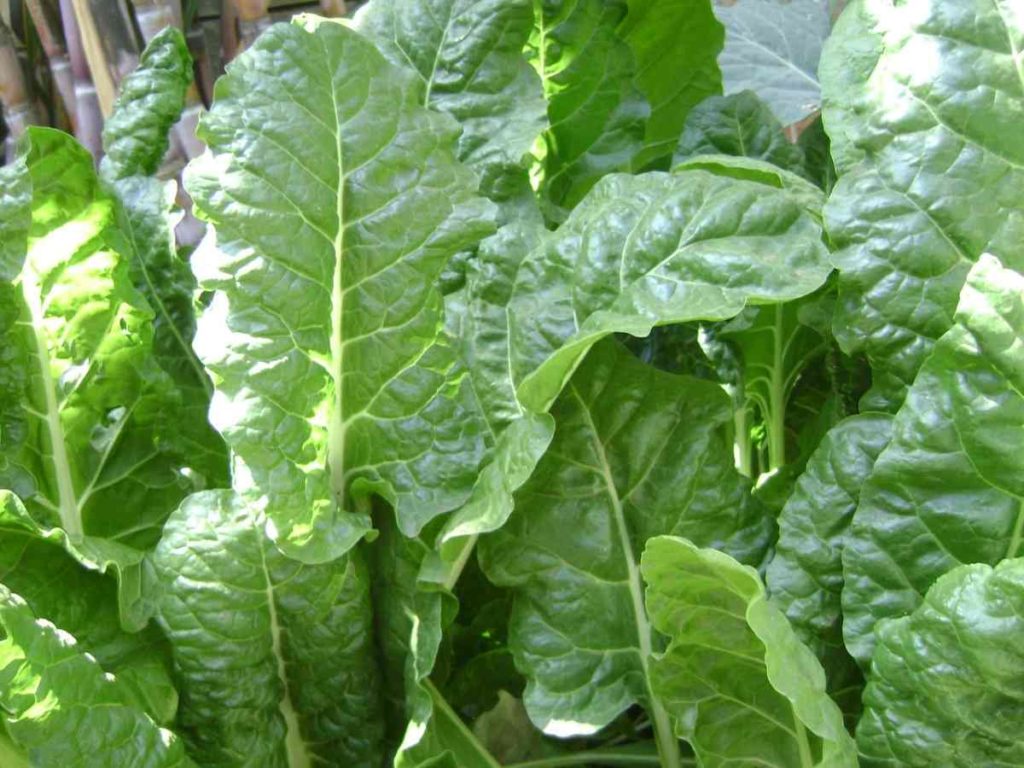
Post a Comment for "The Ultimate Guide To Bottle Gourd Companion Planting"